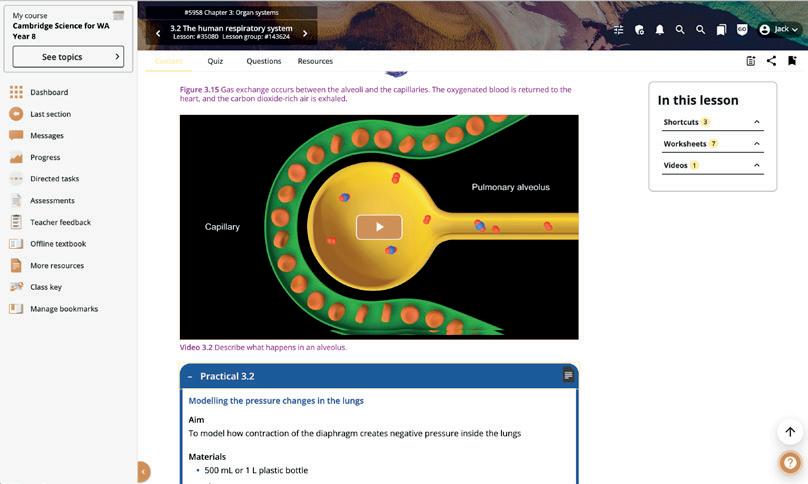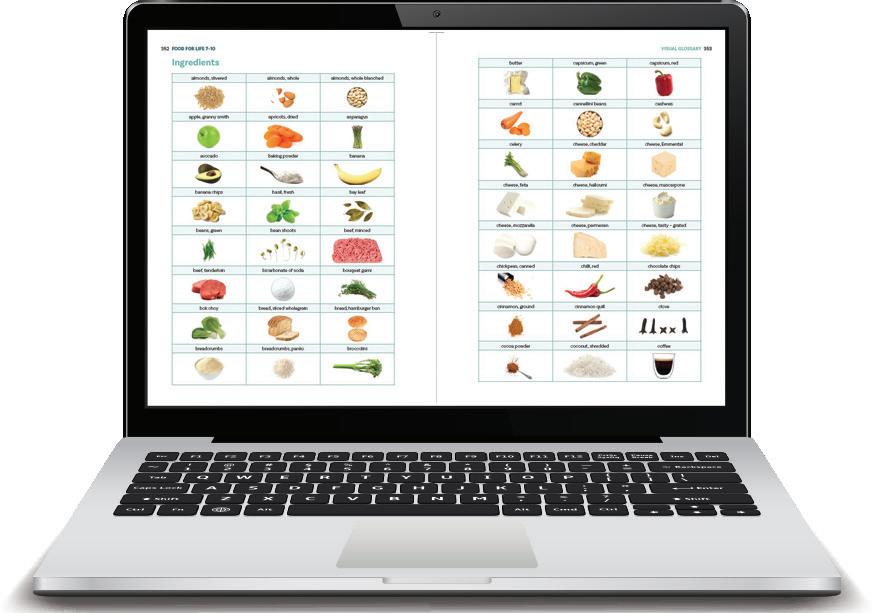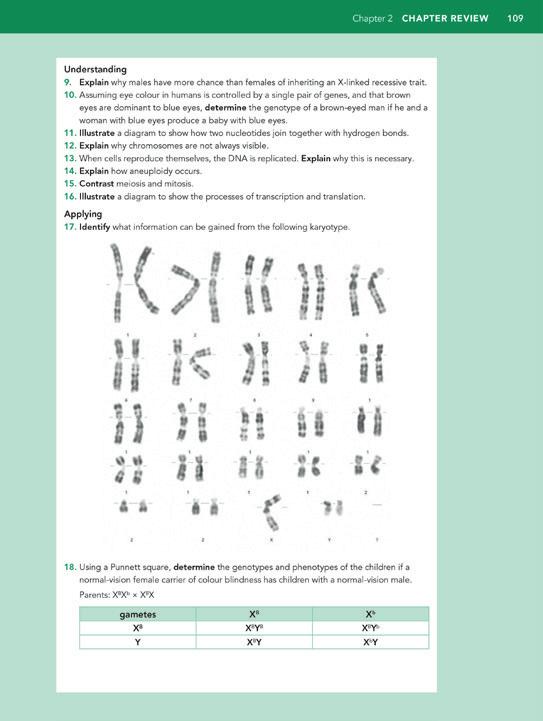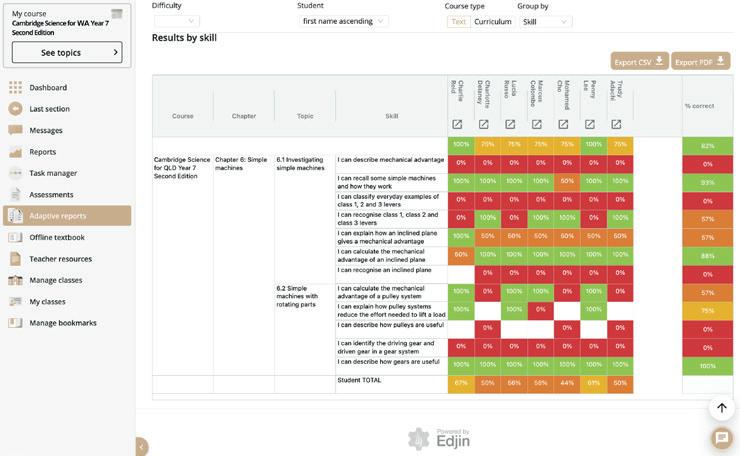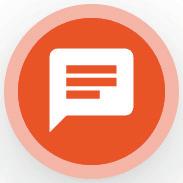


The content follows the new Western Australian Curriculum so you can be confident the resources are closely aligned to the new requirements.
Teaching programs cover each topic of the curriculum to support you with class preparation.


Science inquiry skills are explicity addressed in the skills chapter in each year level, while the integration of practicals and inquiry skills within the content chapters allows your students to learn skills in context and draw connections between topics.


Chapter introductions engage your students with the subject matter, and outline the topic ahead.

Chapter maps visually lay out the content ahead to give your students an overview of the topic.

Before you begin the chapter, you can assign an online auto-marked adaptive pre-test to help you identify gaps in student knowledge and target support.
Curriculum boxes at the start of every chapter label relevant curriculum sub-strands and signpost which inquiry strand examples are included in the chapter to ensure curriculum alignment.

Physics and Chemistry extension material and worksheets in Year 9 and 10 help build the knowledge required for Year 11 science courses and set your students up for success.
Learning goals at the start of each section outline what students can expect to learn.

Downloadable worksheets with levelled questions provide additional activities to suit different abilities and are perfect for in-class or homework use.
Glossary terms are listed at the start of each chapter, and defined in the margins and in a glossary at the end of the book.
The wide range of practical activities integrated with the chapter content provide students with plenty of opportunities to establish and apply their skills.

Science inquiry boxes help your students connect the content with the real-world to fully appreciate the value of learning (and loving) science.

Quick check activities encourage students to recall facts and ensure they understand the content. Cognitive verbs appear in bold.
Quick check activities can be answered online or downloaded as editable Word documents.
Explore! activities in every chapter encourage students to analyse and interpret information and conduct research online.

Practical colour-coding makes it easy to locate different types of activities or other pedagogical features.

All practicals have been completely revised and enhanced by a lab technician for effective experiment execution in the classroom.
Students can learn key terms using glossary definitions next to where the term first appears and at the end of the book.
Section questions are categorised under the headings: Remembering, Understanding, Applying, Analysing, and Evaluating.

Online quizzes in each section are auto-marked for instant feedback.

Section questions provide opportunities for revision at the end of every section and are also available online.
Cognitive verbs are highlighted in question sets to familiarise students with these terms.
Section questions can be completed online using Workspaces (using a menu of science symbols) in the Interactive Textbook or downloaded for offline use.
The new curriculum is delivered through inspiring content, clear and highly visual text design, improved readability and simplified language to engage every student.

This new edition draws on unique Western Australian examples of scientific principles in action, such as the mining and aerospace industries, to help students make local connections in their science learning.

Engage your students with interesting facts in Did you know? boxes.
Making thinking visible activities in every chapter encourage your students to discuss and explore contemporary science ideas through Visible Thinking routines, many of which directly address elaborations in the curriculum.
Videos in the Interactive Textbook summarise, clarify or extend student knowledge.
QR Codes in the print textbook provide immediate access to selected videos.

Long and short Try this hands-on classroom activities provide opportunities to consolidate concepts and make practical connections to the content.

Western Australian examples of scientific principles in action are used wherever possible to help your students make connections in their science learning.

Worked examples step students through questions that require calculations.

Aboriginal and Torres Strait Islander Peoples’ scientific knowledge and practice are appropriately covered within the content and and map to relevant curriculum examples.

Explore! activities in every chapter encourage students to analyse and interpret information and conduct research online.

Comprehensive teacher notes and a curated internet resource list for each chapter in the Online Teaching Suite helps you find reliable information relating to Aboriginal and Torres Strait Islander Peoples’ knowledge and practices.
Narrated practical videos walk students through experiment set-up and execution, and can be used by remote or absent students, or to familiarise students with the techniques and processes before attempting the practical in class.

Practicals are accompanied by comprehensive teacher notes with a range of additional information, including expected results and photos of experimental set ups.

All practical activities are available in the Interactive Textbook as downloadable and editable Word documents.
A Success criteria checklist at the end of each chapter, linked to the learning goals, helps students keep track of what they have learned.
Students can compete against the clock, their classmates or other Western Australian students using Scorcher, our timed, online competition quizzes at the end of each chapter.

Review questions are categorised under the headings: Remembering, Understanding, Applying, Analysing, and Evaluating.

Data questions at the end of each chapter help students apply their understanding and challenge them to analyse and interpret different forms of data linked to the chapter content.
Students can design investigations and build solutions to real-world problems through the collaborative and hands-on STEM activities at the end of each chapter.
All STEM activities are available for teachers as downloadable and editable Word documents and are supported by comprehensive teacher notes.

Each activity can be completed using readily available materials in one or two lessons.

STEM activities encourage collaboration and engagement.

